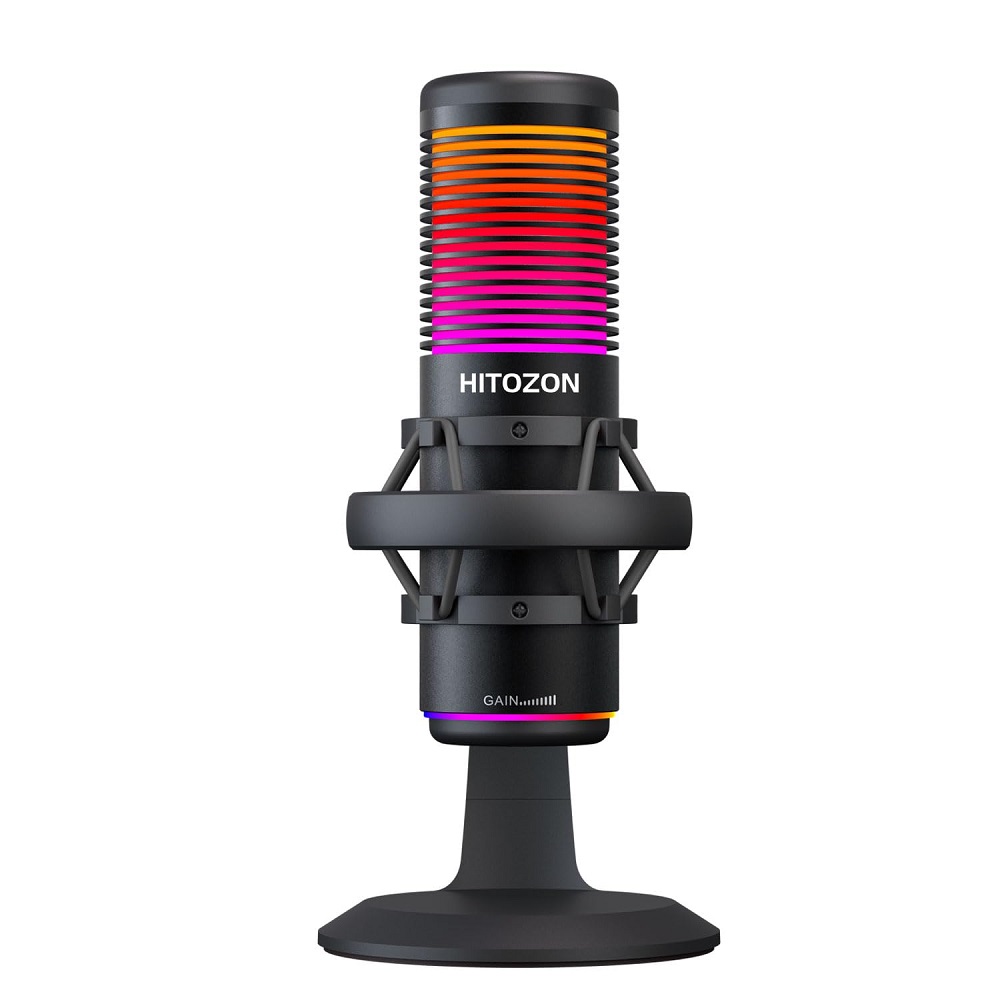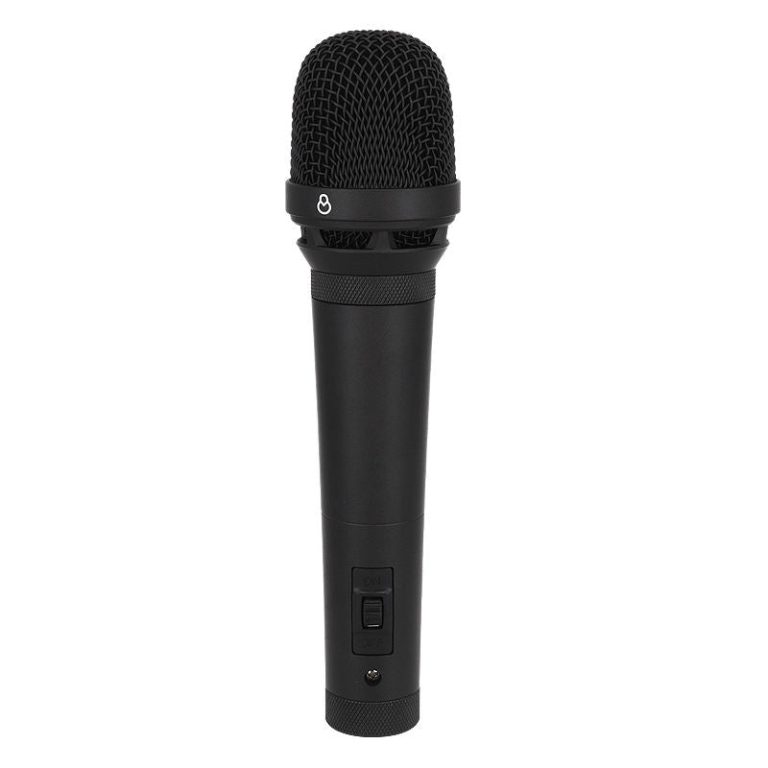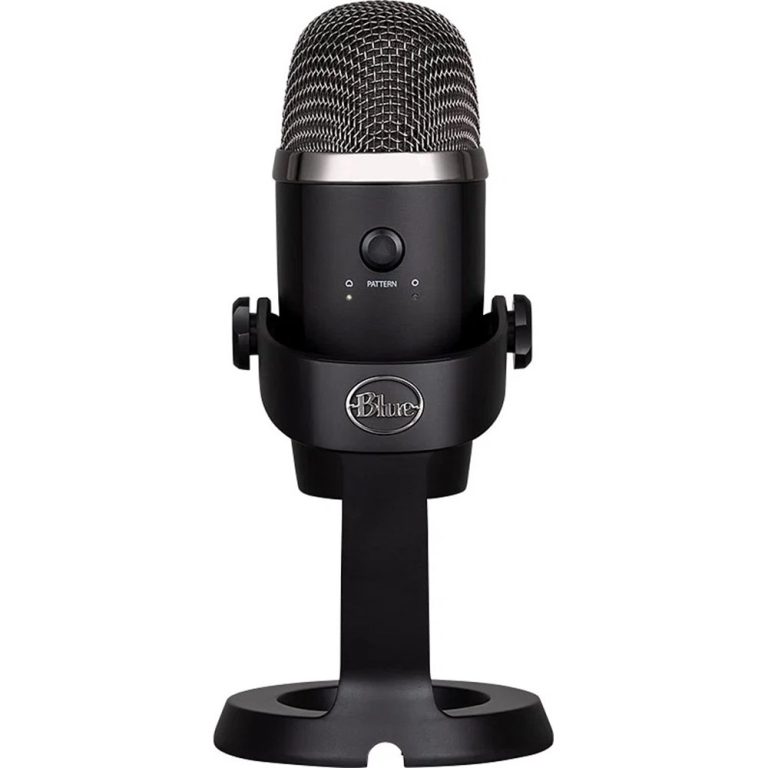When it comes to gaming, communication is key. Whether you’re coordinating strategies with teammates or streaming your gameplay to an audience, having a quality microphone can significantly enhance your experience. With a plethora of options on the market, choosing the right microphone can be overwhelming. This guide will explore the best microphone for gaming, evaluating their features, benefits, and considerations to help you make an informed decision.
Understanding Your Needs
Determine Your Gaming Style
Before you start exploring microphone options, it’s essential to understand what you need based on your gaming style. Are you a casual player who simply plays with friends, or do you stream your gameplay for an audience? If you engage in frequent communication or host live streams, you’ll need a microphone that delivers high-quality sound and reliability.
Think about whether you mostly play multiplayer games that require teamwork, or if you’re focused on solo adventures and don’t need a microphone that often. Your gaming habits will guide you in selecting the microphone that best suits your needs.
Consider Your Budget
Budget is a significant factor when selecting a microphone. Gaming microphones can range from budget-friendly options to high-end models that cost a premium. Setting a realistic budget upfront helps narrow down your choices and keeps you focused on options that provide good value for your needs.
If you’re just starting, you might want to consider entry-level microphones that offer significant quality without breaking the bank. On the other hand, investing in a more advanced model could be worthwhile if you aim for a professional streaming setup or work with high-quality audio.
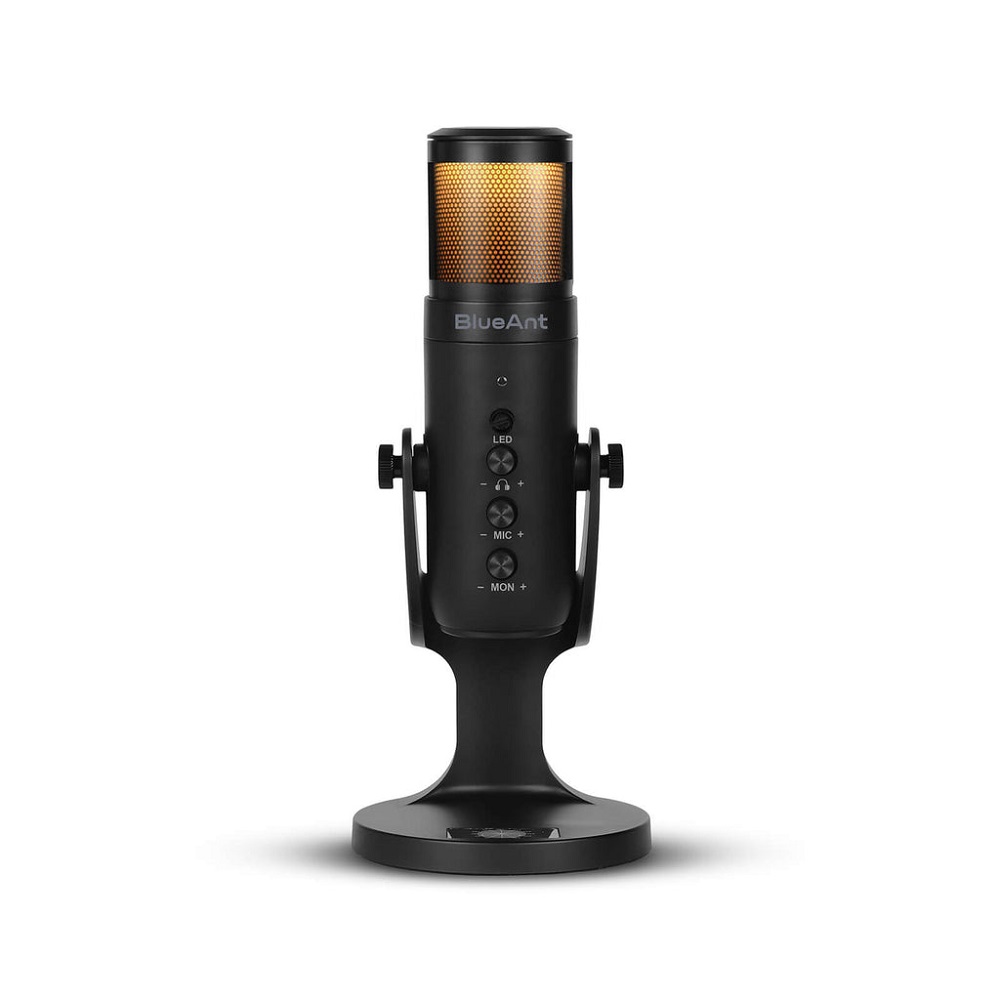
Types of Microphones
USB Microphones
USB microphones are among the most popular choices for gamers due to their ease of use and plug-and-play functionality. They connect directly to your computer via a USB port, making them user-friendly even for beginners. USB microphones often feature built-in audio interfaces, eliminating the need for additional equipment.
These microphones typically deliver decent audio quality and are conveniently portable, which is great for individuals who might want to take their setup on the go. Many USB options come with adjustable stands or shock mounts, enhancing their usability.
XLR Microphones
XLR microphones cater to those seeking professional-grade audio quality and versatility. Unlike USB microphones, XLR models require an audio interface or mixer to connect to your computer. This setup can be more complex but delivers superior sound quality, making it a favorite among serious streamers and content creators.
XLR microphones excel in capturing very detailed audio and can handle various sound sources. This makes them ideal for streaming high-quality audio or recording vocals and instruments for music production as well.
Lavalier Microphones
Lavalier microphones, commonly known as lapel mics, are small, clip-on devices primarily used in interviews and presentations. They are less common in gaming but can be beneficial for certain scenarios, such as streaming or recording podcasts while maintaining freedom of movement.
While they usually don’t deliver the same audio quality as other options, they provide a hands-free experience. This feature is appealing for gamers who want to keep their hands free for gameplay while communicating.
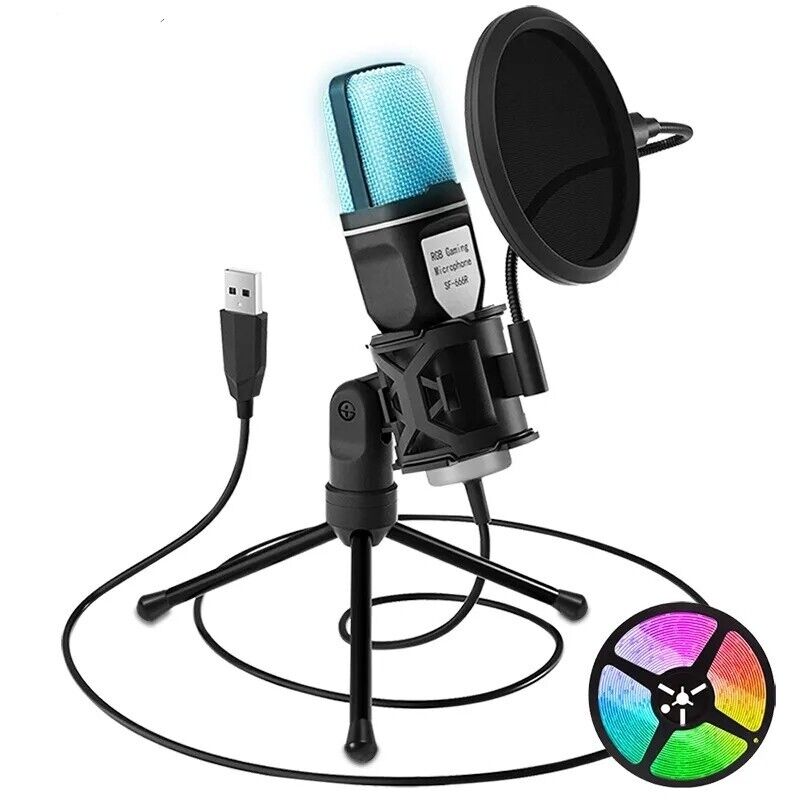
Key Features to Look For
Sound Quality
When choosing a microphone, prioritize sound quality above all else. Look for models that capture clear and crisp audio without distortion. This is particularly important during gaming, where clear communication can make a huge difference in team coordination.
Microphones with a good frequency response range can capture voice nuances effectively. Many gaming microphones are designed to filter out background noise, focusing on your voice while minimizing unwanted sounds. This feature enhances your communication, particularly in loud environments.
Directionality
Different microphones have various pickup patterns that determine how they capture sound. The most common patterns include:
- Cardioid: This pattern captures sound from the front while rejecting noise from the sides and back. It’s excellent for solo gaming and streaming setups, as it focuses on your voice while minimizing background noise.
- Omnidirectional: This pattern picks up sound evenly from all directions. It’s suitable for group conversations or situations where multiple sound sources are involved.
Choosing the right directionality based on your gaming setup and environment will improve your audio quality significantly.
Additional Features
Here are some other features to consider that can enhance your experience:
- Mute Button: Many gaming microphones come with a mute button for quick muting during gameplay. This feature is particularly useful if you need to cough or respond to something off-screen.
- Adjustable Gain Control: Some microphones offer gain control settings, allowing you to increase or decrease sensitivity for different environments.
- Pop Filter: Built-in pop filters help reduce unwanted sounds from plosives, ensuring a cleaner audio output.
These additional components can contribute to a more professional and seamless experience during your gaming sessions.

Top Microphone Recommendations
Blue Yeti USB Microphone
The Blue Yeti ranks high among USB microphones for its exceptional sound quality and versatile features. It offers multiple pickup patterns including cardioid, omnidirectional, and bidirectional. This versatility makes it suitable for various recording situations, from solo gaming to group podcasting.
The Blue Yeti has convenient controls for gain adjustment and a mute button, which enhances its usability. With its sleek design and high-quality audio capture, it remains a popular choice for streamers and content creators.
HyperX QuadCast
The HyperX QuadCast is an excellent option for gamers seeking a microphone that marries performance and striking aesthetics. This USB microphone features an anti-shock mount that helps reduce vibrations and improves audio clarity. With four selectable polar patterns, it offers customization based on your recording needs.
Additionally, the built-in pop filter effectively manages unwanted sounds while the LED indicator lets you know when your microphone is muted. Gamers appreciate its robust build and ease of use, making it an appropriate choice for various setups.
Audio-Technica AT2020
For those willing to invest in an XLR microphone, the Audio-Technica AT2020 delivers outstanding audio quality. This studio-quality condenser microphone is often used by professionals in the music industry, making it suitable for gamers seeking pristine sound for streaming or content creation.
While it requires an audio interface, its performance justifies the extra effort. The AT2020 captures clear audio with rich detail, making it a top choice for serious streamers and podcasters.
Setting Up Your Microphone
Choose the Right Location
After purchasing your microphone, consider its placement for optimal performance. Ideally, position the microphone at mouth level to capture your voice clearly. Avoid placing it too far away, as this can dilute your audio quality.
Experiment with angles to find the best sound quality while maintaining comfort. Some gamers prefer a slightly angled position for better voice projection, while others may opt for a straight-on approach. Ultimately, personal preference and comfort play a significant role in your setup.
Configure Audio Settings
After connecting your microphone, delve into your audio settings to ensure optimal performance. If you’re using a USB microphone, your computer should recognize it immediately. For XLR microphones, ensure your audio interface settings are correctly adjusted to capture the desired quality.
Check input settings for levels, adjusting gain to avoid clipping or distortion. Take time to test various settings and make necessary adjustments to achieve the best audio mix.
Maintenance and Care
Regular Cleaning
Keep your microphone clean to maintain its quality and longevity. Dust and debris can accumulate in and around the microphone, affecting audio quality over time. Use a soft microfiber cloth to wipe down the exterior gently. If your microphone has a removable pop filter, take the time to clean it regularly as well.
Ensure any cables or connectors are free from dirt or damage, which can affect connectivity and sound. Taking these small steps can prolong the life of your microphone and ensure that it continues to operate at peak performance.
Proper Storage
When not in use, store your microphone carefully to protect it from damage. If possible, use a dedicated microphone stand or shock mount, which can help minimize wear and tear. If you use a pop filter, remove it during storage to avoid unnecessary pressure on the microphone.
For travel, consider investing in a protective case. This protects your microphone from impacts and moisture that could affect performance. Protecting your equipment ensures its longevity and reliability.
Final Thoughts
Choosing the best microphone for gaming can significantly enhance your overall experience. Whether you’re a casual gamer or a dedicated streamer, investing in a quality microphone can improve communication, elevate your content, and create memorable interactions. Consider your gaming style, budget, and specific needs when selecting a microphone.
Whether you opt for a USB microphone like the Blue Yeti, a professional model like the Audio-Technica AT2020, or a gaming-focused option like the HyperX QuadCast, ensuring a quality audio experience will enrich your gaming sessions. With the right microphone in your arsenal, you can boost your confidence, improve communication, and create engaging content for all to enjoy!
